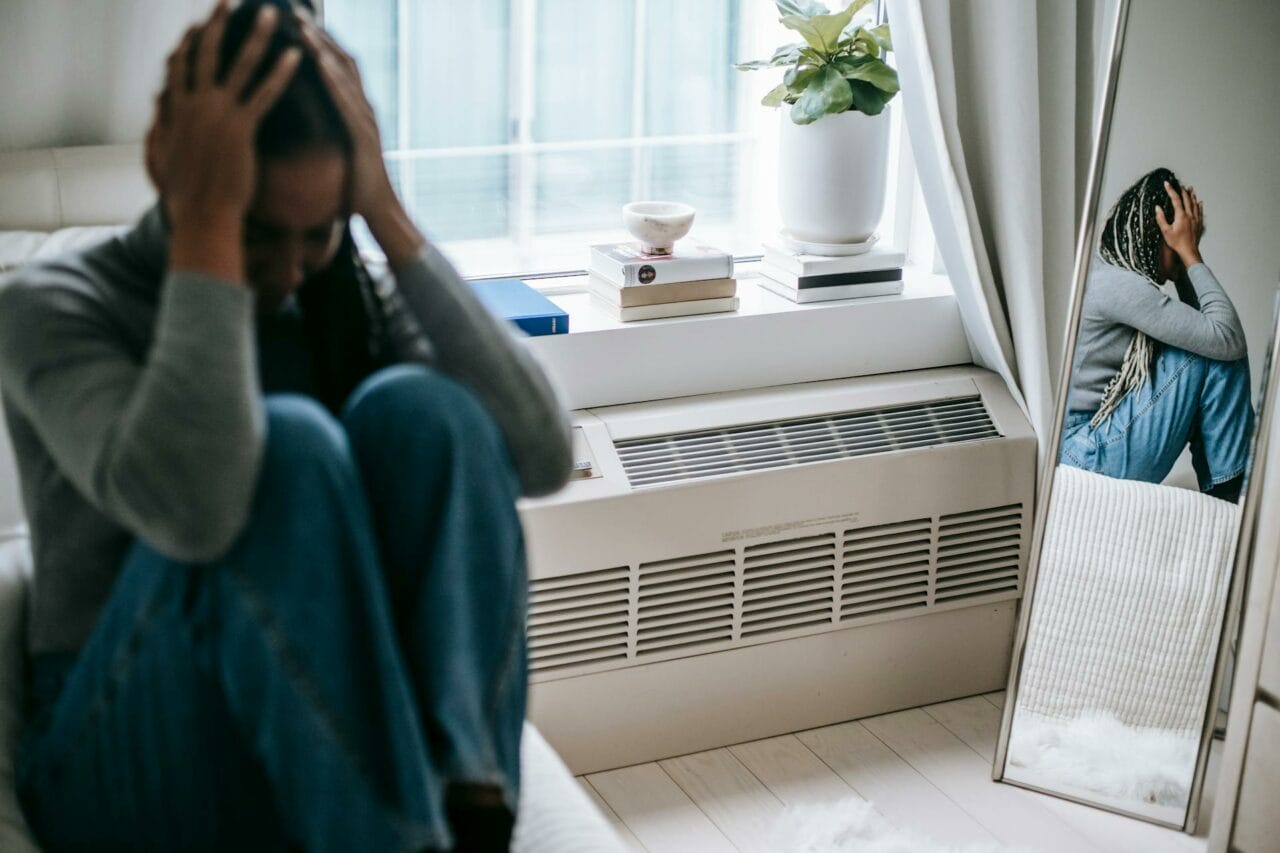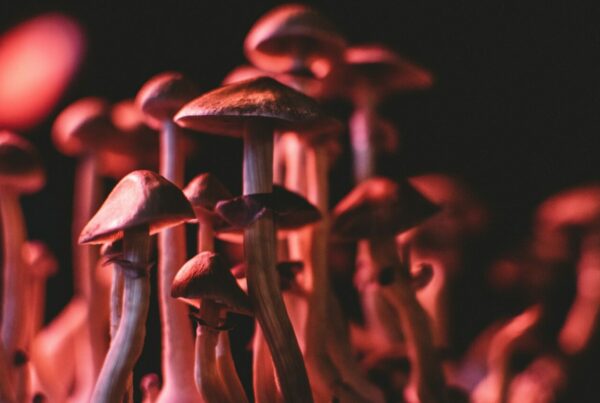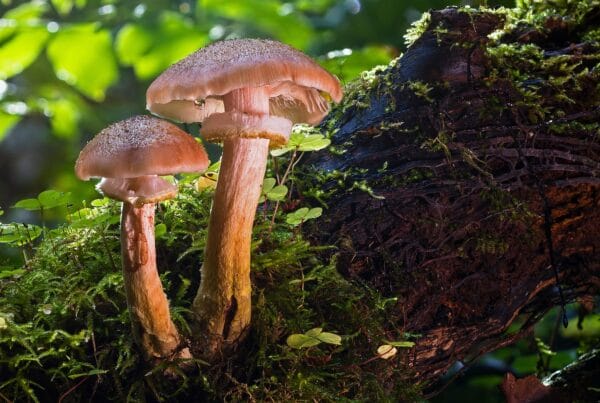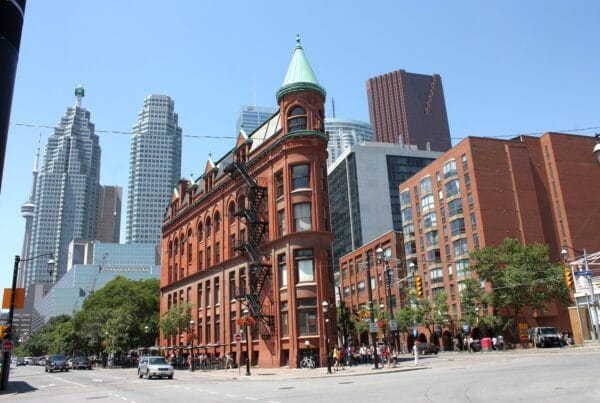Traditional anxiety treatments typically involve medication and therapy. However, these methods might not work for everyone due to potential adverse effects. This has led to growing interest in alternative options like psychedelic therapy, using substances like “magic mushrooms Montreal” and others.
Welcome to your prime destination to buy psychedelics online in Canada. Our service is fast, secure, and discreet.
[toc]Key Points:
- Psychedelic therapy combines the healing effects of psychedelic substances with traditional talk therapy to aid the healing process.
- Psychedelic therapy can boost emotional well-being and enhance life quality through spiritual experiences.
- The integration process is a vital element in psychedelic therapy, ensuring the therapy session’s long-lasting effectiveness.
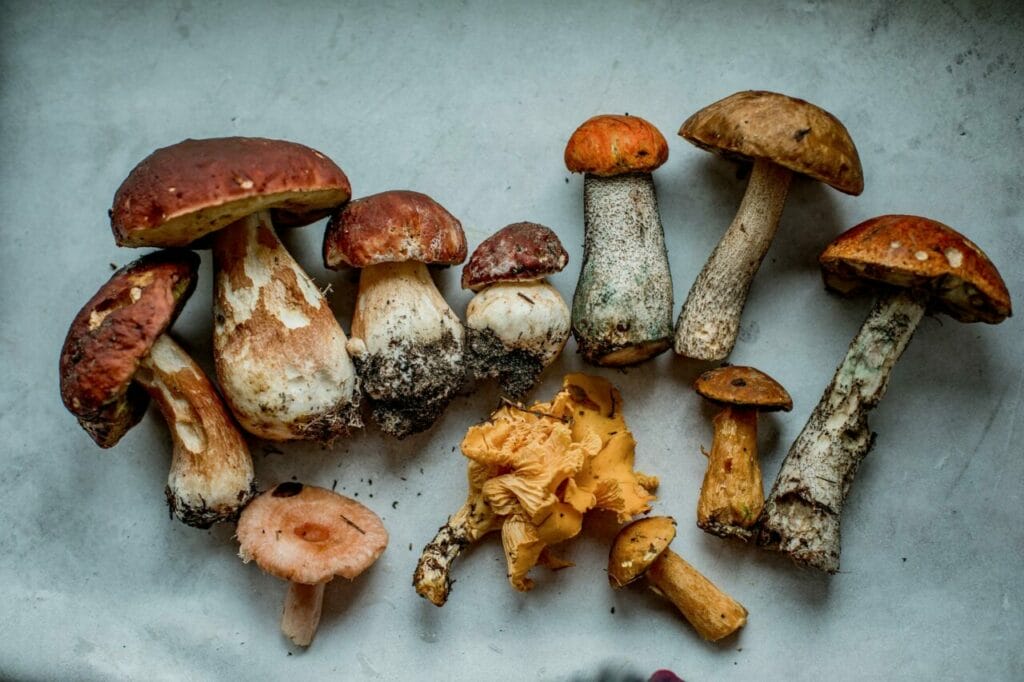
Statistics of Anxiety Disorders in Canada
The 2022 Mental Health and Access to Care Survey data show a concerning increase in the prevalence of anxiety disorders in Canada. The percentage of Canadians aged 15 and older diagnosed with generalized anxiety disorder in the 12 months leading up to the survey has grown from 2.6% in 2012 to 5.2% in 2022.
A Comparison Between Traditional Treatment and Psychedelic Therapy
Conventional treatments for anxiety disorders typically involve a mix of psychotherapy and medication. Psychotherapy, also known as psychological counselling, is a collaborative process between a therapist and the patient to mitigate anxiety symptoms.
In contrast, anxiety medications reduce symptoms by tailoring the treatment to the specific type of anxiety disorder and considering any other concurrent mental or physical health problems. While treatments may differ based on individual situations, psychotherapy and medication are the central approaches.
In psychedelic therapy, the sessions are unique as they include one or two doses of a psychedelic substance, in addition to other therapeutic
Techniques:
The World of Psychedelic Therapy
Psychedelic therapy is a therapeutic technique that leverages the potential benefits of psychedelic substances to enhance the process of healing. Known for their hallucinogenic properties, these substances have been integral to holistic medicine and spiritual rituals across diverse cultures for millennia.
Lysergic acid diethylamide (LDS) and psilocybin are the two most prevalent substances used in these therapeutic encounters. LSD instigates alterations in mood, perception, and consciousness. Psilocybin, as referenced on the Health Canada website, is the active ingredient in magic mushrooms. Consumption of these mushrooms can provoke sensory experiences, including visual, auditory, or tactile hallucinations.
Dosage Guidelines for Three Sessions
In psychedelic therapy, experts assess patients to determine the appropriate dosage of psilocybin for their sessions. The dosage range varies, with some patients starting at moderate levels, while others can withstand larger amounts of the substance. The therapeutic protocol typically encompasses one to three drug sessions, each lasting six to eight hours and spaced several weeks apart. This method differs from traditional medications that require daily intake until a healthcare professional advises otherwise.
Spiritual and Transformative Experience
Anxiety medications are meant to control symptoms, whereas therapy aims to tackle the root causes of the condition. They do not inspire transformative visions or feelings of divine communion. However, psychedelic therapy can significantly impact emotional health and the quality of life.
The immersive experiences can pave the way for profound insights, increased self-awareness, and enhanced emotional processing. These outcomes can stimulate personal development, inspire positive behavioural changes, and enhance overall mental health.
Impacts
| Expanded Consciousness | Altered states of consciousness pave the way for a new perception of the world. | This heightened awareness often results in: Deep insightsEpiphaniesEnhanced understanding of oneself and surroundings |
| Emotional Healing | Facilitates emotional healing by offering an opportunity to face and process unresolved trauma, grief, or emotional distress. | This process assists in:Accessing deeply concealed emotionsReleasing emotional blockagesFostering emotional well-being |
| Increased Self-Awareness | Enhances connectivity among sensory brain regions, while reducing connectivity within the default mode network. This network integrates interconnected brain regions that handle self-focused thinking and personal perception.” | These regions function to: Transform negative thought processes, beliefs, and repetitive behaviours. Empower users to gain profound insights into their true self, motivators, and interpersonal interactions. |
Somatic Therapy
Somatic therapy, though not commonly linked with psychedelic therapy, is garnering interest for its possible benefits. This body-centric approach explores the connection between the mind and body. It’s based on the premise that past traumas can trap sensations within the body. Somatic therapists help individuals identify these bodily sensations and utilize therapeutic methods to alleviate this tension.
Integration
This offers a platform for clients to attain clarity, broaden their perspective, and cultivate wisdom from their psychedelic experiences. The transformative process transpires during integration sessions between the therapist and client, and through the client’s proactive steps outside of psychedelic explorations. Integration enhances the transformative impact of psychedelics by actively engaging with surfaced insights and emotional revelations.
Types of Integration
- Journaling. Writing down experiences allows individuals to solidify memories for easier future recollection. It also enables clients to examine their experiences from varying perspectives to reveal different interpretations, meanings, and connections.
- Art. This provides an effective channel to encapsulate the intricate feelings and emotions of a psychedelic journey in a creative and visually expressive way.
- Practicing Nature-based Approaches. These could be as simple as mindful walks in the woods or seeking tranquility near a calm body of water. Therapists can help clients discern complex patterns in nature or suggest the use of natural elements like plants, stones, water, and candles as grounding tools.
- Engaging in Integration Groups. Group sessions with people sharing similar experiences offer a valuable opportunity for reflection, support, and connection. The capacity of psychedelic therapy to foster a sense of interdependence and shared understanding transcending individual boundaries is fundamental.
The Role of These Techniques in Anxiety Treatment
The fundamental pharmacological principle behind all psychedelics is their ability to act as agonists, or stimulators, of serotonin (5-HT) 2A
Psychedelic research primarily focuses on how these substances affect the brain’s default mode network, which is closely related to repetitive thought patterns. It has been discovered that this network plays a significant role in conditions such as depression and anxiety disorders. Treatment using psychedelics can significantly reduce anxiety levels, with the effects lasting up to 12 months after treatment.
Post-psilocybin session, patients often undergo intense spiritual experiences. They then participate in a conversation with their therapist. In these talk-therapy sessions, trained healthcare professionals strive to listen attentively to the patient and use specific strategies to enhance the positive outcomes of the treatment.
All of these methods work together to help anxiety sufferers achieve long-term relief in fewer sessions compared to traditional treatments.
Change Your World, One Session at a Time
Many people rely on traditional treatments for anxiety, but these methods are not always effective or satisfying for everyone. Psychedelic therapy offers a different approach, using unique techniques that can spark transformative experiences. These methods work together to generate deep and lasting results—sometimes for up to a year after just one to three sessions.
In addition to improving mental health, this therapy could also result in significant cost savings for patients. Ready to discover a new path to wellbeing? Explore the potential of psychedelic therapy with Buy Dmt Canada.
Commonly Asked Questions
What specific type of magic mushroom is used for psychedelic therapy?
Studies on psychedelic-assisted therapy often overlook specifying the type of mushroom used. However, Psilocybe cubensis is typically the preferred choice.
Online magic mushroom dispensaries offer a variety of strains to cater to different needs. You are free to choose any strain to experience the therapeutic effects of psychedelics. However, be wary and choose a reliable vendor to avoid purchasing unsafe magic mushrooms from dubious sources.
What is the duration of psychedelic therapy?
The duration of psychedelic therapy can vary as it involves several stages. A single session where the psychedelic is taken lasts between 4 to 8 hours. The entire therapy process, which includes preparation, the session itself, and follow-up discussions, can span from a few weeks to several months.
As for long-term effects, individuals have reported improvements in their mental health for several months or even up to a year after the therapy.
Several sessions are incorporated within a year.
Does the therapist facilitate the patient’s spiritual journey?
In this stage, patients are often guided by professionals such as therapists or other staff. Studies show that Spiritual Health Practitioners (SHPs) contribute uniquely and significantly to the wellness and spiritual journey of the participants. Some people choose to use an SHP’s services, while others rely on the therapist or specialist available.
Does the concept of “set and setting” play a role in psychedelic therapy?
Yes, the participant’s mindset (set) and the physical surroundings (setting) are vital for safely guiding spiritual encounters during a psychedelic therapy session. The person’s psychological state influences their spiritual journey, affecting the experience before and throughout the psychedelic session. The journey’s direction and depth are shaped by factors like beliefs, expectations, emotions, and intentions.
Main Reference: Psychedelics as Emerging Treatments for Anxiety Disorders: Opportunities and Challenges in a Budding Field – PMC (nih.gov)
Details about the Authors:
Franklin King, IV, MD. and Rebecca Hammond, M.D.
Related Articles:

